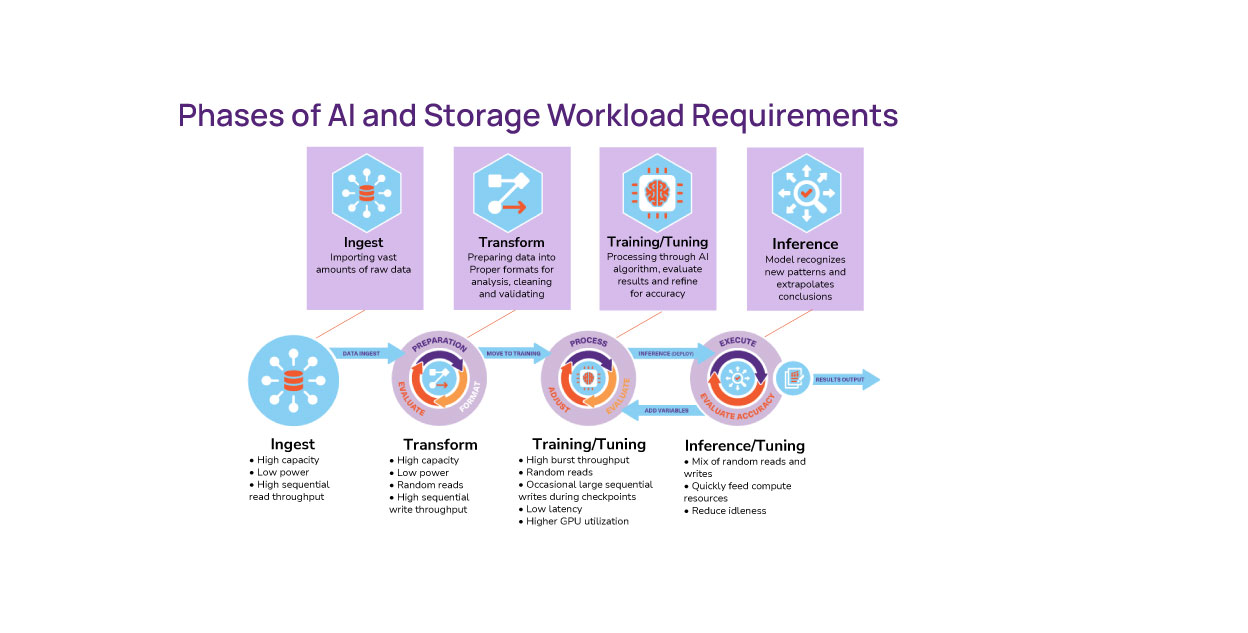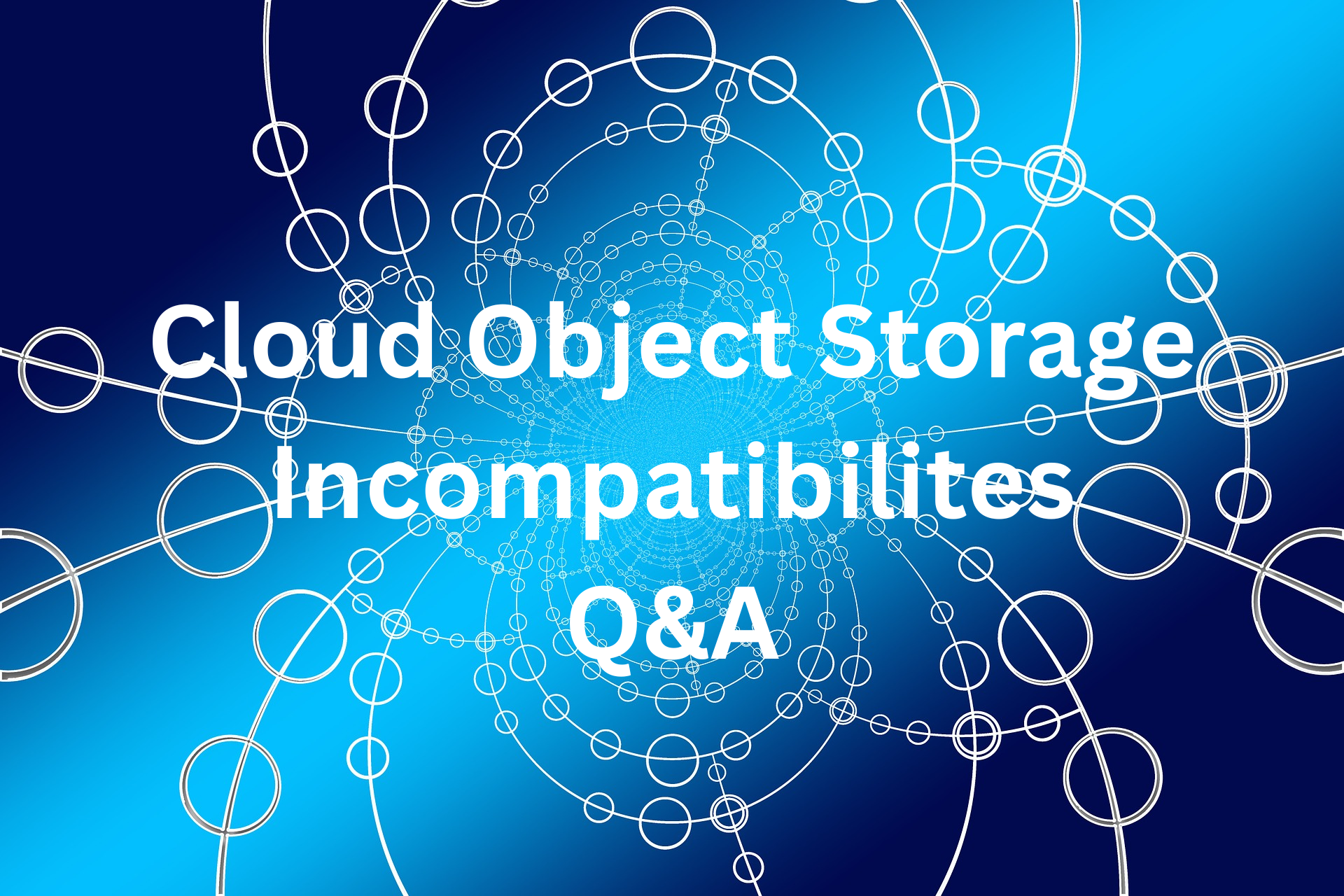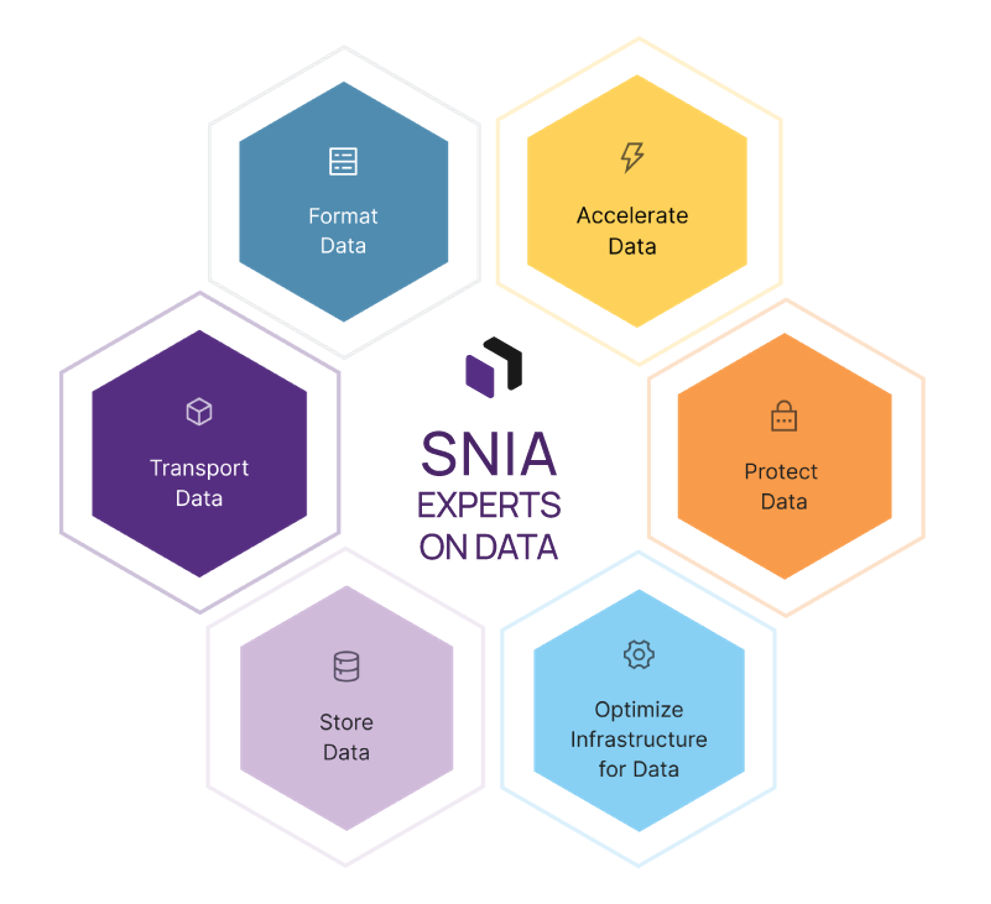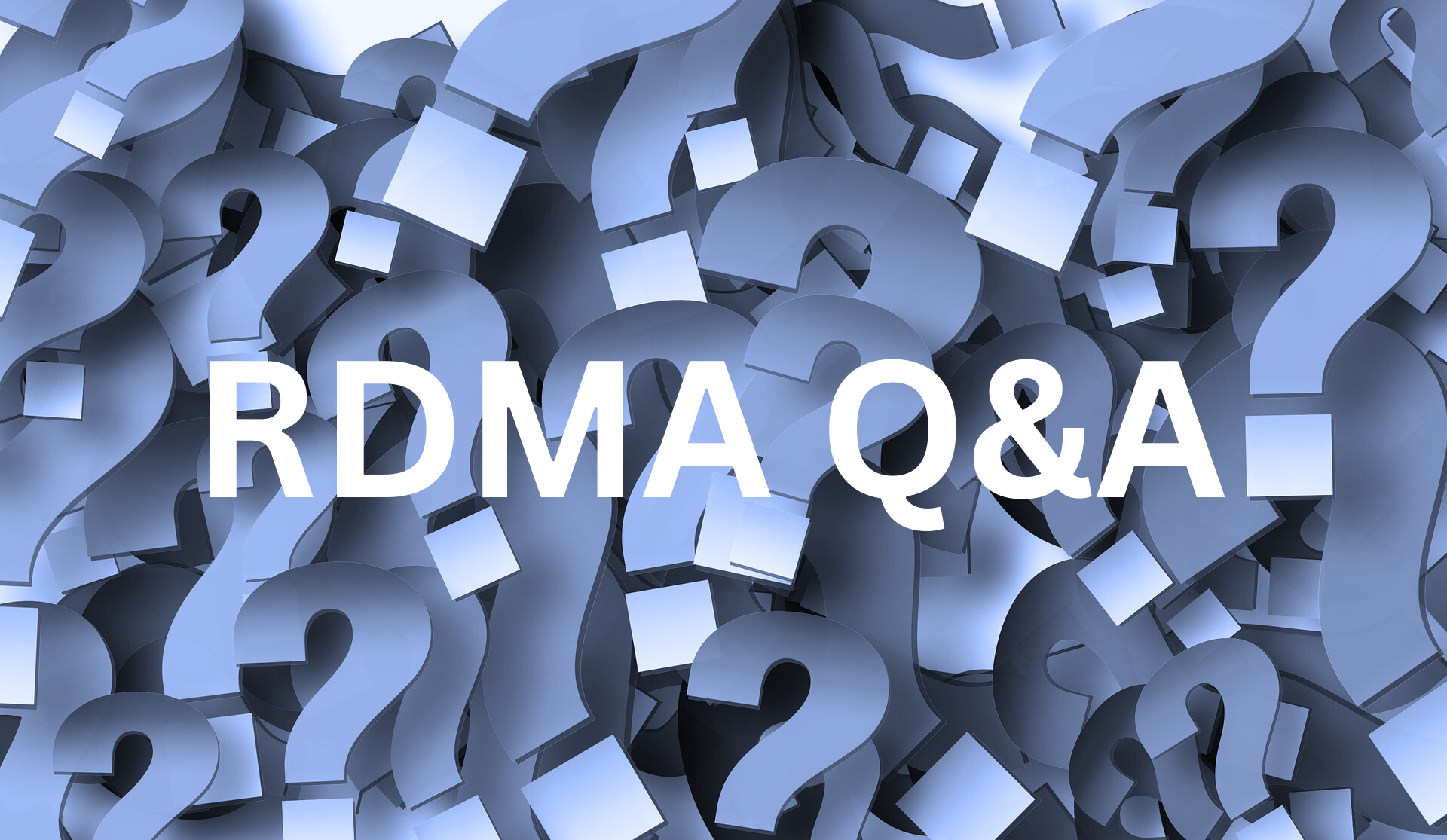Compute Express Link® (CXL) is a groundbreaking technology that expands server memory beyond established limits and boosts bandwidth. CXL enables seamless memory sharing, reduces costs by optimizing resource utilization, and supports different memory types. In our Unlocking CXL’s Potential webinar, our speakers Arthur Sainio, SNIA Persistent Memory Special Interest Group Co-Chair, Jim Handy of Objective Analysis, Mahesh Natu of the CXL Consortium, and Torry Steed of SMART Modular Technologies discussed how CXL is transforming computing systems with its economic and performance benefits, and explored its future impact across various market segments
You can learn more about CXL development by attending CXL DevCon, April 29-30 2025 in Santa Clara CA. And as our webinar discussed, access and program CXL memory modules located in the SNIA Innovation Center with the training materials provided in the virtual SNIA Programming Workshop and Hackathon at www.snia.org/pmhackathon.
The audience was highly engaged and asked many interesting questions. Our Q&A takes care of the answers! Feel free to reach out to us at askcms@snia.org if you have more questions.
Q: How will the connections of a CXL switch be made physically possible with multiple hosts and multiple endpoints in real time?
A: It’s similar to PCI Express, in that you could have switches that have multiple upstream ports that connect to multiple CPUs, and they can have multiple downstream ports that connect to multiple devices. It's really a well-known thing that PCIe has championed so we don't see any challenges making those connections in the architecture.
Q: Is there standards-based work being done for CXL/PCIe over co-packaged optics for disaggregated computing?
A: That’s a really good question. There is work being done in PCI Express for transporting PCI over Optics (optical interface) so once that happens we will probably just leverage that. CXL leverages all of the things that PCIe does in terms of the physical layer or the form factor when possible so I expect that will happen as that is where we are heading to.
Q: Will Trusted Security Protocol (TSP) be used with Intel Trust Domain Extensions (TDX) and AMD Secure Encrypted Virtualization-Secure Nested Paging (SEV-SNP) with TSP?
A: Both technologies work with TSP. We have had great participation from Intel and AMD when defining TSP. What TSP does is define the interface between the CPU aspect of the TDX and the device. So that's the piece that is not part of the CPU architecture – the CPU definition - because it's outside of that and that's the piece that the TSP builds. Device vendors can build devices that then will follow the TSP specification and will be compatible with both of these technologies. There are other CPU vendors which have similar confidential compute technologies, and I think they can also be compatible with TSP.
Q: What is TDISP and what is the difference from TSP?
A: TDISP, or TEE Device Interface Security Protocol, was developed by PCI Express. Again, it solves the same problem for PCI Express meaning it will allow technologies like TDX to inspect a PCIe device, verify the device is in healthy good condition, and bring it into the test boundary of the TD. TSP does something similar for CXL devices. Obviously, with CXL being coherent it's a different problem to solve but I think we have solved the problem, and it's ready to be deployed.
Q: Why are we not seeing CXL Type-1 or -2 adoption by the industry?
A: We think that it is coming - it's just not here yet. The big interest initially has just been Type-3 which is pure memory expansion but we are starting to see storage eventually moving to CXL as well. There's definite benefits there, and then I think we are starting to see memory with processing as well so it's coming in a next wave of CXL adoption.
The whole ecosystem has to come together and CXL is actually pretty new. We’re sure that there's an awful lot of work being done that has not been announced from mostly hardware manufacturers but also there needs to be an awful lot of software support to make everything fall into place. All of that comes together slowly and that forecast shown in the webinar actually starts with very modest growth simply because the rest of the support network for CXL needs to be put together before CXL can really take off.
Q: We see in-memory databases (IMDBs) as a big use case for CXL. But we have not seen any announcements from SAP HANA, Oracle or MS-SQL, or anybody adopting CXL with in-memory databases. Why is that?
A: We have not seen anything specific to date. We believe SAP HANA has published a paper and may have some work going on. See https://www.vldb.org/pvldb/vol17/p3827-ahn.pdf. IMDBs would benefit from more capacity as they would like as much memory capacity as possible, so CXL is definitely something they would benefit from.
Q: Do we expect GPUs to support CXL? Without that, the AI use case seems highly limited.
A: We don't really expect GPUs to support CXL and talking with CXL memory directly. Possibly once it's fully disaggregated it's possible you could have a layer where it is sharing information there. It’s more about if memory expansion for the system itself aids in AI use cases. We are seeing evidence that it does but how much that plays out we have to see.
We haven't really spoken with GPU vendors about this but the understanding is that one of the benefits of CXL is that it makes it easy to fill either the Graphics Double Data Rate (GDDR) that's on the GPU board or to bring in data that can go into the High Bandwidth Memory (HBM) so it seems like there'd be an opportunity for that even if it's not something people are speaking about now.
There are two uses we see right now in GPU. The first one is when they want more memory. They could use what we call the unordered IO feature of CXL to go over and reach right into CXL Type-3 memory and therefore get more memory expansion. The second use case is the GPU actually using CXL coherency to communicate with the CPU so they are cache coherent going into the CPU and they can quickly exchange data back and forth. Again both require heavy lifting - lots of software enabling - but I I think those use cases do exist. It just takes effort to go enable those and get the benefits.
Finally, we hope you will join us for more SNIA webinars. Visit https://www.snia.org/webinars for the complete list of scheduled and on-demand webinars. And check out the SNIA Educational Library for great content on CXL, memory, and much more.














Leave a Reply